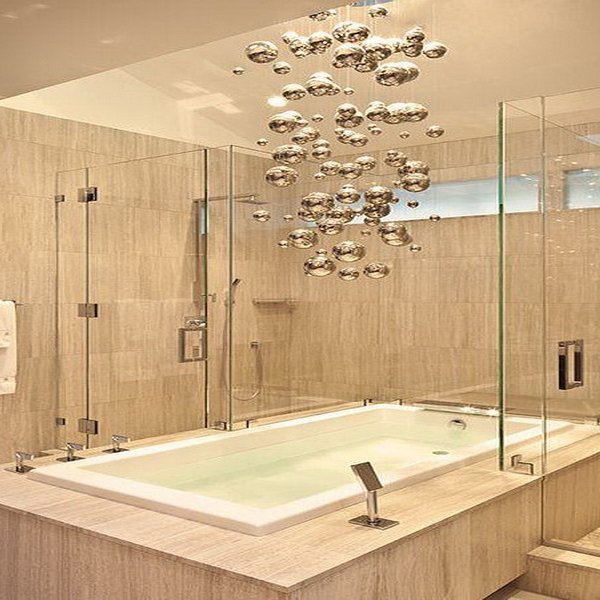Lighting Your Bathroom
If you’re remodeling your home chances are you’re looking at your bathroom as a place to update. Bathrooms used to be sad little rooms that people got in and out of as quickly as they could, but modern bathrooms are all about luxury and enjoying the daily rituals of life. Most of your concerns when doing the bathroom are going to be based on aesthetics, but function shouldn’t be abandoned—especially in a room where electricity and water are sharing space.
Light layering
A good bathroom will have a combination of overhead lighting and a light set up above your sink and vanity. And while there are quite a few stylistic options, it’d be best to stay with the LED bulb options. LEDs are longer lasting and more energy efficient, which is a good thing for your home in general.
If you’re using your bathroom to apply makeup the lighting is really important for that as well. No one likes accidentally giving themselves a foundation clown face. Having an overhead light is good for lighting the whole bathroom, but having side lighting over the vanity will help light your face better as well—instead of having your face be obscured in shadow as overhead lighting often does.
LEDs have the widest range of lighting options, including those that match what sunlight warm glow. LEDs are also the brightest option available.
Wiring
Because of the high levels of moisture and humidity in the bathroom, all bathrooms in Arizona have special considerations taken for the wiring on the lights. Not only do you need a dedicated GFCI (ground fault circuit interrupter) circuit to prevent circuit overloads or fire, there are also two grades of wiring when it comes to the lights in your bathroom: wet and damp. Arizona’s state code requires that any lighting within a 3-foot horizontal radius and an 8-foot vertical radius of the shower and bath be graded at least damp. (Note: this applies to lights in adjacent rooms as well not just in the bathroom.)
If your lights come any closer than that you’ll need the ones that are graded for wet. Same goes for any light that runs the risk of getting water splashed on it.
While you don’t need to consult an electrician when choosing the fixtures, read up on them and make sure they’re marked properly for wet or damp and know where they belong when you wire them in. But don’t think that means you need to do it all alone, contact an electrician and let them answer your questions and guide you to the right lights for you and your home.



